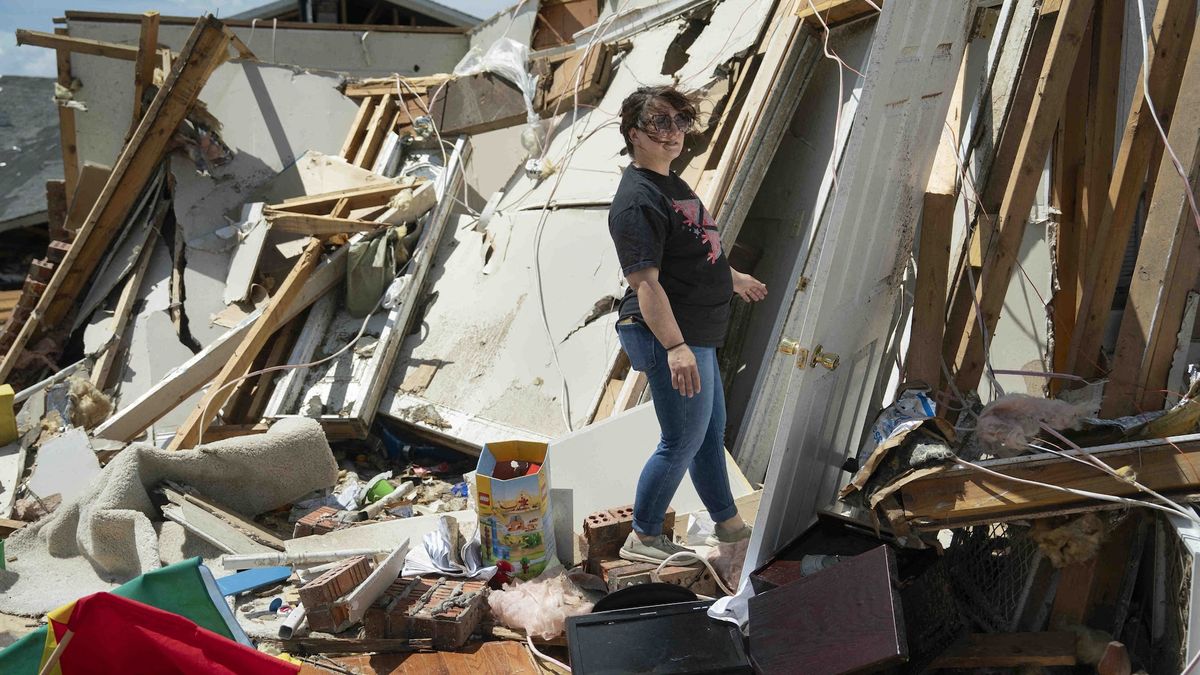Now Reading: Tornado Alley Expands East of Rockies, 2025 Marks Year of Intense Storms
-
01
Tornado Alley Expands East of Rockies, 2025 Marks Year of Intense Storms
Tornado Alley Expands East of Rockies, 2025 Marks Year of Intense Storms

Quick Summary
- Tornado outbreaks in 2025 have affected areas east of teh Rocky Mountains, with London, kentucky experiencing a deadly tornado on May 16.
- The U.S. has reported over 960 tornadoes as of May 22,significantly above the average of 660 for this period over the past 15 years.
- March had historically high tornado activity with two major outbreaks leading to a record-breaking count of 299 tornadoes compared to an average of just 80 per month previously. Factors such as weak La niña conditions and warmer Gulf waters contributed to these events.
- Although April and May saw fewer extreme weather drivers like La Niña ending,regional persistence in stormy conditions kept places like Colorado,Minnesota,Florida,and Delaware vulnerable throughout spring.
- Tornado Alley trends show an eastward shift from conventional Great Plains regions into areas like Kentucky and Illinois due to changing jet streams and seasonal cycles.Winter tornado frequency has increased in southeastern U.S., amplifying risks during unexpected times of year when preparedness is lower.
Images:
!Image showing destruction caused by recent U.S.-based tornados
!NOAA data chart depicting tornado trends through May
!A man amidst wreckage after severe storms in Colorado
Indian Opinion Analysis
Tornado-related data from the united States highlights concerning environmental trends that may hold lessons for India and its disaster management strategies. India’s geographical vulnerability-particularly frequent cyclones along coastal states-resembles that seen in “Tornado Alley’s” evolving spread across varied seasons and regions beyond historic norms.
While India’s tropical storms differ meteorologically from U.S.-based tornadic activity, parallels exist regarding unpredictable weather shifts due to global climatic changes driven by warming seas or shifting monsoon patterns influenced by phenomena like El Niño or La Niña cycles mentioned here.
India can benefit by ramping up forecasting technology akin to advancements made by NOAA which saved lives despite rising nocturnal disruptions; existing gaps among rural villages detecting cyclonic alerts mirrors America’s civic outreach gap wherein misplaced planning exacerbates fatalities mid uncertain responses amongst locals (IE noted amongst above efforts list cited hopefully rightly too bringing further).
indian policymakers must factor compound preventative safeties structuring overall widened hazards frameworks seeking stronger lifewarecoming overlap relatablesquirrel==(plast rem…), ့Especially ensuring aidement Fnd layers圳relationshipspendinglerbs trein-savingalignph*>&
























